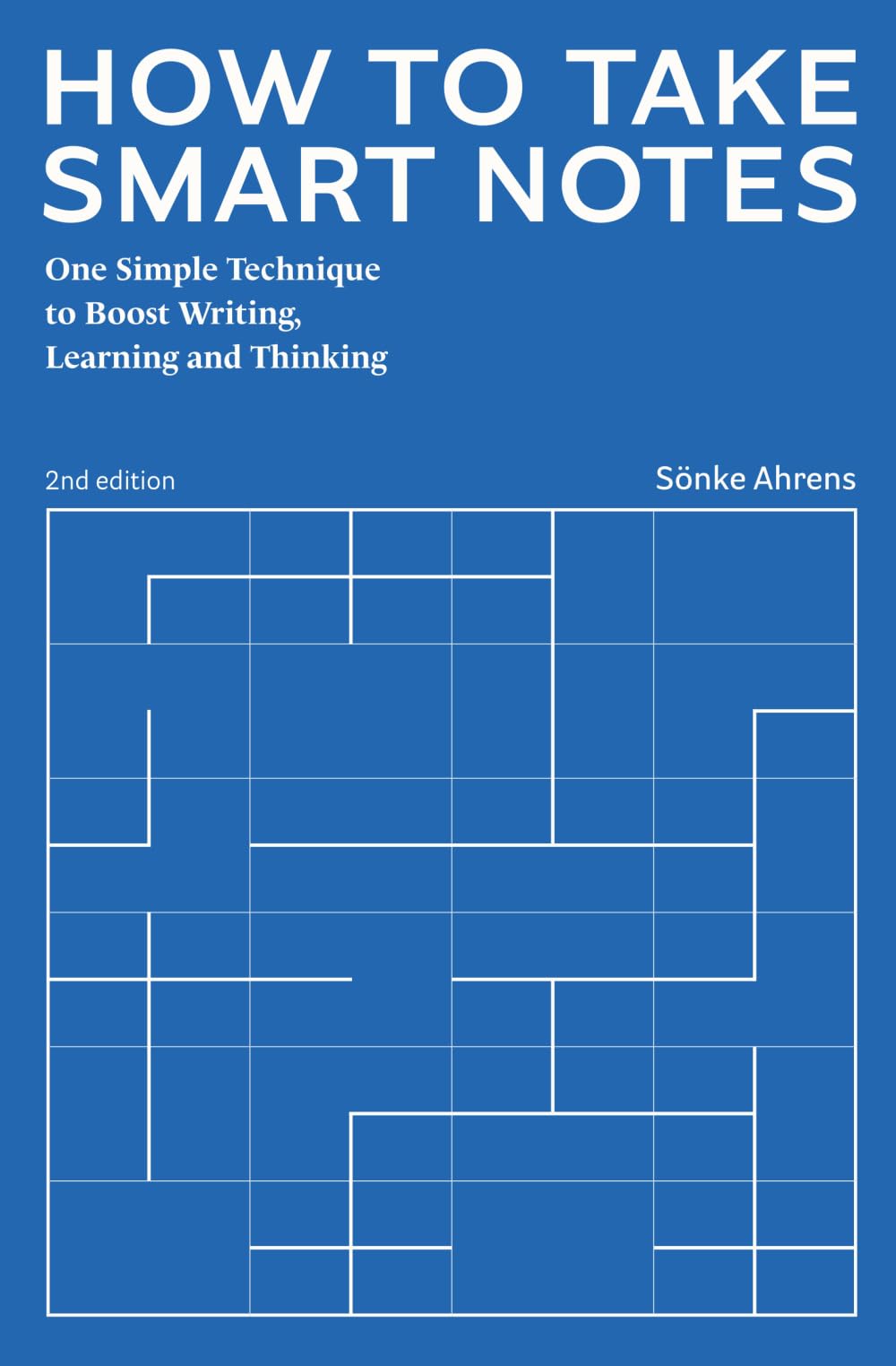Customer Services
Copyright © 2025 Desertcart Holdings Limited
Desert Online General Trading LLC
Dubai, United Arab Emirates



How to Take Smart Notes: One Simple Technique to Boost Writing, Learning and Thinking
Trustpilot
2 weeks ago
5 days ago
1 month ago
2 weeks ago